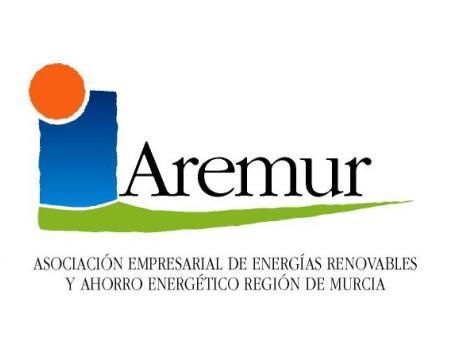




© 2023 RDS. All rights reserved. Designed and developed by delefant
Today, all solar panels are made from silicon cells. Fortunately for the supply of solar energy, it is one of the most abundant materials in the earth’s crust, being extracted from mines.
Solar energy is making its way into society, expanding all the time and allowing for greater efficiency in the consumption of electrical energy. More and more people are opting for self-supply and energy independence in the face of high electricity prices.
That is why many people have common doubts about how solar energy works. Do you know what monocrystalline and polycrystalline cells are? Depending on the transformation process to which we subject the silicon, we will obtain one or the other cell, with which we can create different solar panels.
At RDS we are going to explain the differences between these cells and how different solar panels are derived from them. Go ahead!
Table of Contents
ToggleMonocrystalline technology refers to a specific way of manufacturing solar panels. Monocrystalline cells are made of pure silicon, resulting in a deep, dark-coloured material.
As it was mentioned above, a solar panel is mainly made of silicon and consists of several photovoltaic cells that are electrically connected to each other. This particular technology only consists of single-crystal cells.
Polycrystalline technology refers to the technology used in the manufacture of solar panel modules. Its Discovery was relatively late, around the 80s of the 20th century, providing other advantages over monocrystalline cells.
Crystalline solar panels apparently stand out for their bluish colour, as opposed to the black colour of the previous ones mentioned. In fact, the polycrystalline crystals can be seen in the composition of the surface, giving them a pleasant colour.
The main difference between monocrystalline and polycrystalline solar panels is the purity of the silicon. In the case of the latter, the silicon is treated by smelting and poured into moulds where the photovoltaic cells are finally obtained.
Once melted, the characteristic impurities appear in the silicon, resulting in lower efficiency. On the other hand, in monocrystalline cells, the silicon is not melted, but is cut from sheets, offering higher efficiency and purity.
We cannot state categorically that one solar panel is better than the other, as it depends on the geographical area where the house is located or the company where the panels are going to be installed. Other concepts also influence the difference between both of them, such as efficiency and climate.
It is a matter of assessing your situation, your needs, the geographical area in which you are located, the supply capacity you require and the different characteristics of the two panels to reach a conclusion.
The option of monocrystalline solar panels is advisable in areas with cold weather, where there are storms, rain, fog or snow. In this situation, monocrystalline panels work better.
On the other hand, the installation of polycrystalline solar panels is recommended in the opposite situations. In those geographical locations where you enjoy a warm climate, with a dry temperature and heat.
At RDS, we have at your disposal all types of photovoltaic installations under the highest standards of quality and efficiency. Since 2008, we have been offering you the most abundant resource in the world, the Sun.